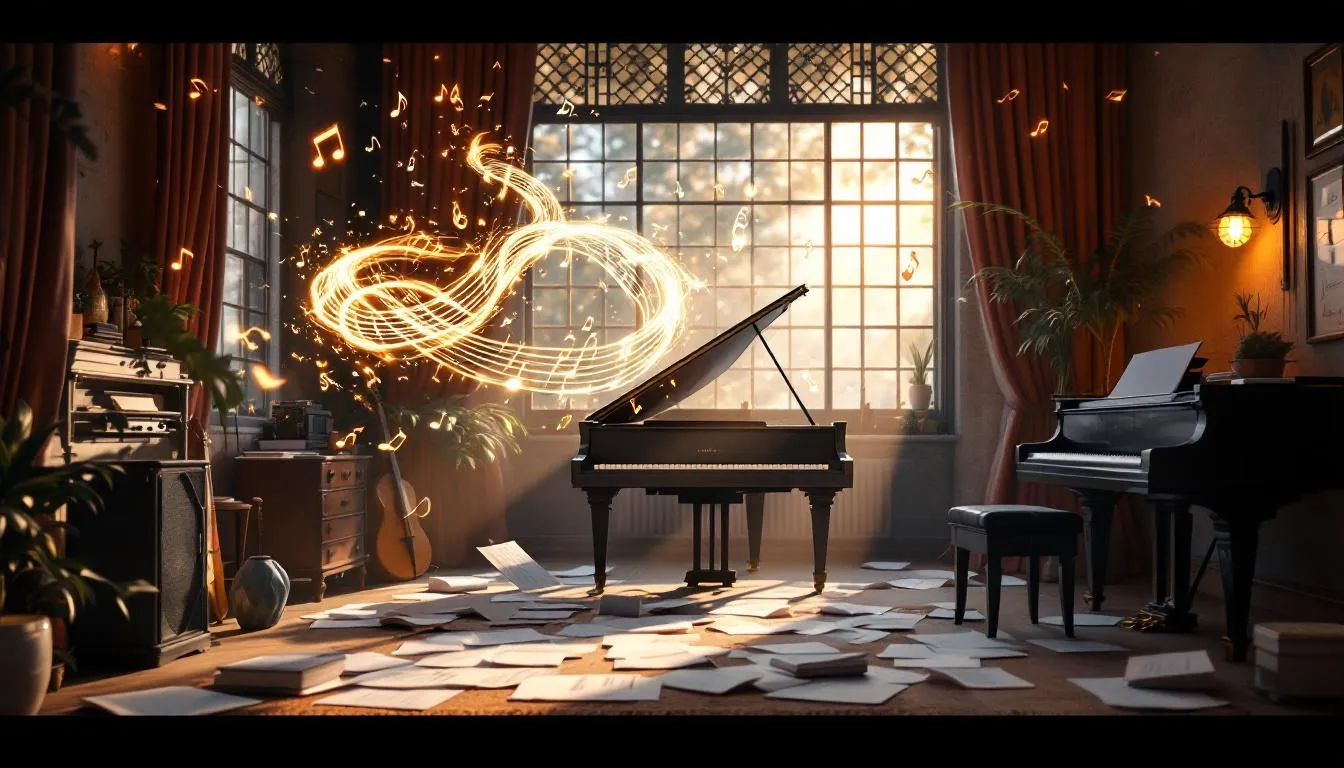
How Are DIY Music Apps Revolutionizing Instrument Learning?
Quick Answer DIY music apps are innovative tools created by individuals, often musicians, to aid in learning musical instruments. These apps are transforming music education by offering personalized experiences, fostering collaboration, and evolving based on user feedback. DIY music apps revolutionize instrument learning by making it more accessible, flexible, and customized to each learner’s journey. […]
Read More







